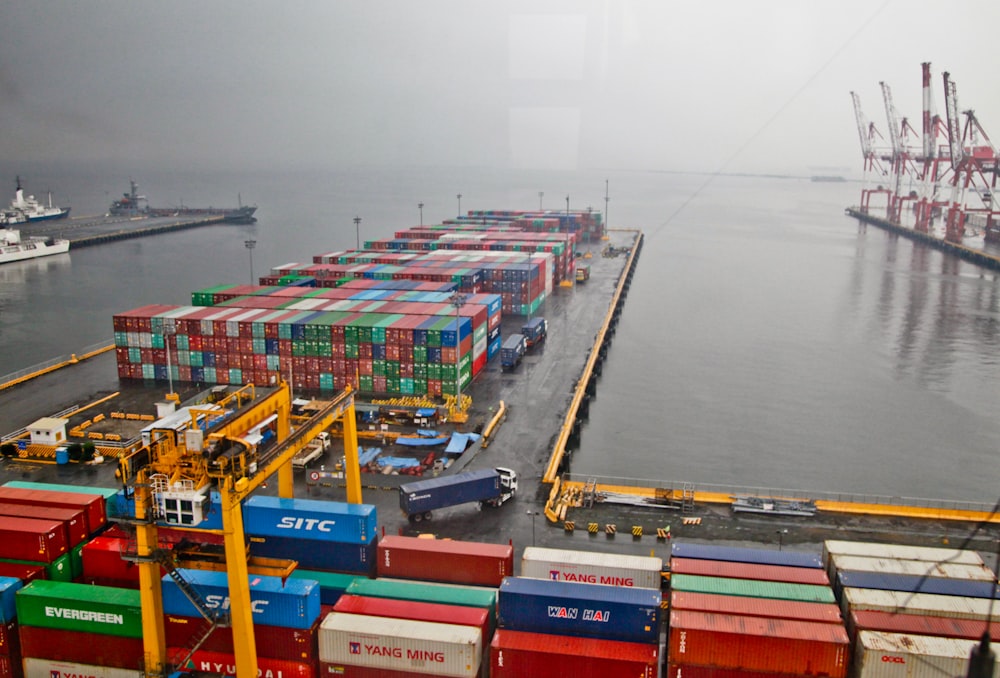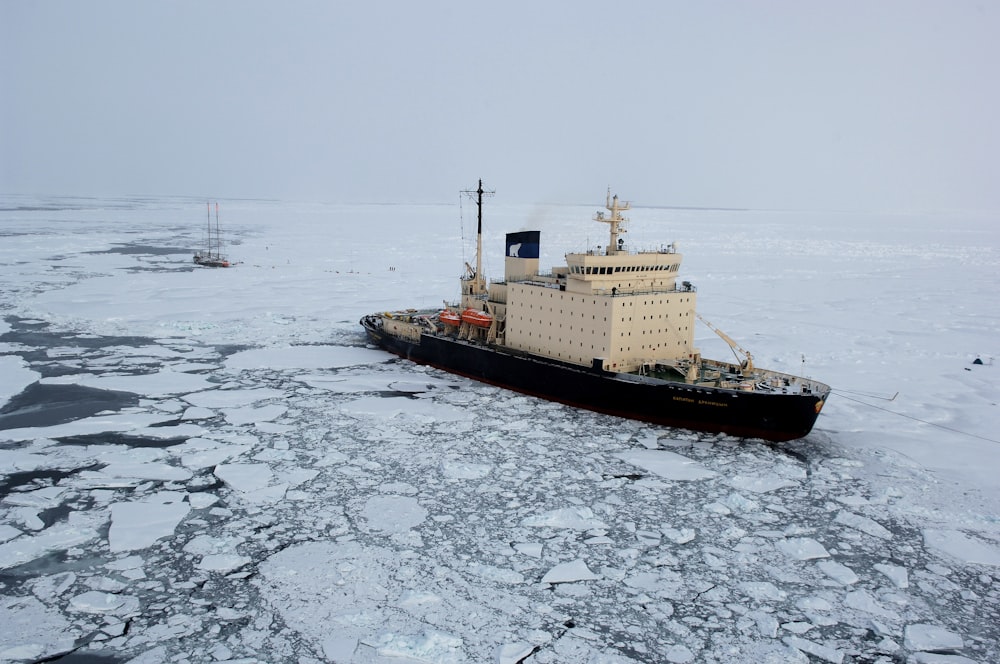International construction equipment shipping can be difficult to accomplish, even for clients who have experience with overseas shipping. However, even the heaviest and bulkiest cargo can be transported to virtually all ports in the world with the help and expertise of a reliable and experienced international shipping company. K International Transport has decades of experience shipping all construction and high-heavy equipment, and can help shippers navigate the often confusing process. Clients can transport high-heavy equipment from any port in the United States, including those in New York, Maryland, South Carolina, Georgia, Florida, Texas, and California.
Types of Equipment Clients Often Ship
Shippers transporting Kobelco, Komatsu, Hitachi, and Caterpillar equipment often ship:
• Excavators
• Cranes
• Bulldozers
• Dump trucks
• Stone Cutters
• Tractor Trailers
• Agricultural Equipment
• Scientific Equipment
• Mining Equipment
• And more.

Documents required.
Before shipping, there are several required documents and preparations that shippers must take. Shippers will likely be required to submit a power of attorney form to allow the freight forwarder to legally handle their shipment, a bill of lading to allow the consignee to take possession of the goods once they arrive, a certificate of title to prove ownership of the cargo, a packing list showing all the goods being shipped, specifications and dimensions of the goods being shipped, and identification of the shipper and consignee. These documents, prepayment in full, and other forms that may be required for the shipment are necessary to continue with the international shipping process. Finally, shippers should let the freight forwarder know their preferred schedule for shipment so that the cargo can be transported in a timely manner to help the shipper accomplish their goals.
Destination ports may have their own requirements for the state of the cargo when it arrives. For example, some countries have specific inspection and cleaning requirements, especially for used construction and high-heavy equipment. If these requirements are not met, the cargo may be rejected or withheld when it arrives, so it is very important that shippers strictly abide by these regulations. Although these factors can be very overwhelming, experienced international shipping companies like K International Transport can use their expertise and knowledge to help shippers take care of all requirements and regulations that may apply, both in the United States and abroad.

Methods of Shipping Construction Equipment
There are several methods of shipping construction equipment overseas, including roll-on/roll-off (RORO) vessels and container shipping. The most common method is RORO, in which the equipment is driven or towed onto and off of the vessel. Once it is on the vessel, the equipment is strapped to the deck to ensure that it doesn’t move during transport. However, RORO is only available for equipment that is towable or self-propelling.
For static equipment or shipment to ports that do not have RORO service, the equipment can be transported in containers or flat racks. Construction equipment that can be dismantled can be loaded into 20-foot or 40-foot containers and reassembled when it arrives overseas. Often, this option can provide savings to shippers in the form of lower freight costs and duty rates. However, if the shipper is not dismantling and reassembling the equipment themselves, they may have to pay for these services.
Equipment that exceeds the width and height for a standard container can be transported on a flat rack container. Flat racks only have two sides, so the bulky equipment can stick out of the container during transport. Again, a freight forwarder can help shippers decide the best option for them based on their budget, their particular needs, and the accommodations available at the destination port.
Transporting the Equipment to a Port in the United States
Often, clients are unable to transport their Kobelco, Caterpillar, Hitachi, or Komatsu equipment to the port of origin in the United States because of its size and weight. In these cases, their freight forwarding company can enlist the services of a reliable inland trucking and transportation company. The ground transportation company can deliver the equipment from the client’s door to the port safely and efficiently.

With the help of a trustworthy freight forwarding company like K International Transport, which will help clients through every step of the shipping process including customs clearance and export formalities, shippers can transport their excavators, cranes, or bulldozers to virtually any port in the world. Some popular ports for importing construction equipment include ports in West and East Africa and the Middle East.
After all the documents are prepared and the equipment is ready to be shipped, clients working with K International Transport can request a price quote for the shipment. To get a quote, visit the rate request page or contact K International Transport by phone, email, or Skype. There is certain information about the cargo you must know to get an accurate rate, including the dimensions of the equipment which consist of the length, width, height, and weight. K International Transport will also need to know the year, make, and model of the heavy equipment.
With a reliable international shipping company like K International Transport, transporting heavy construction equipment from Kobelco/Komatsu/Hitachi/Caterpillar, including excavators, bulldozers, cranes, and more is hassle-free and affordable. Call us at 212-267-6400 or send us an email at inquiries@kinternational.com. You can also reach out to us on Skype at kinternationalny. We look forward to working with you!


